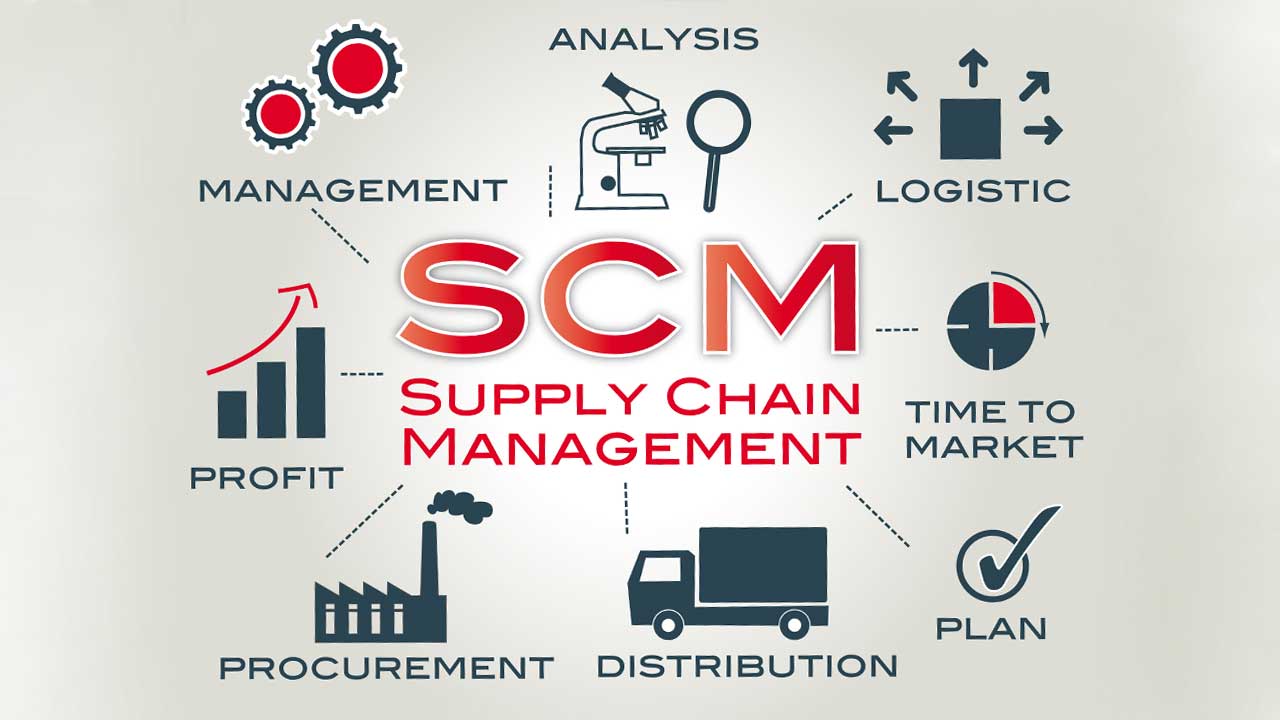Speed and efficiency are crucial in today’s business environment, especially if you’re in the eCommerce industry. When it comes to fulfilling customer orders, online merchants can choose between third-party logistics (3PL) and in-house fulfillment.
Third-party logistics providers handle warehousing, shipping, and returns management for businesses, while in-house fulfillment involves managing these operations internally. Your choice between these two fulfillment models can dramatically influence your supply chain operations and customer experience.
Understanding the differences between these two fulfilment models helps you evaluate which option best suits your current business model and supports your future growth plans. Let’s explore both options in detail.
The Appeal of 3PL Solutions
When you partner with a third-party logistics provider, you’re tapping into established expertise in logistics and advanced technology. Here’s what makes 3PL particularly attractive:
The infrastructure advantage: Third party logistics Sydney and other global locations offer immediate access to sophisticated Warehouse Management Systems and distribution networks. You don’t need to make substantial upfront investments in warehouse space or logistics management software.
Scaling flexibility: During peak seasons and holiday seasons, 3PL providers can easily adjust to fluctuations in demand. Their multiple fulfillment centers and distribution facilities ensure your products reach customers efficiently, regardless of order volume.
Cost efficiency: Bulk shipping discounts and optimized shipping rates often make 3PL more economical. You’ll benefit from their established relationships with carriers and their ability to consolidate shipping costs across multiple clients.
With 3PL providers doing the heavy lifting, you can focus on growing your business. Working with these companies gives you peace of mind, knowing your operations are in good hands.
The Power of In-House Fulfillment
Running your in-house operation gives you complete control over the entire fulfillment process. Consider these key aspects:
Direct oversight: Your in-house fulfillment team can maintain tight control over inventory management and quality assurance. This level of control can be particularly crucial for businesses with unique product feature descriptions or specific handling requirements.
Customization capabilities: In-house logistics management allows for a higher level of customization in packaging and delivery offerings. You can easily adjust your process of packing to meet changing customer demands.
Immediate response: Internal management enables quick adjustments to your logistics processes and faster response to customer returns. Your logistics managers can implement changes without navigating through third-party provider protocols.
Managing your own fulfillment operations gives you unprecedented control over every aspect of your supply chain. This level of oversight is invaluable for businesses where precision and customization are crucial in gaining a competitive advantage.
Cost Considerations and ROI
Making sense of the financial implications between 3PL and in-house fulfillment requires looking beyond surface-level costs. Understanding both immediate expenses and long-term financial commitments helps you make a decision that supports sustainable business growth.
|
In-house fulfillment= significant initial costs for: |
3PL providers =variable cost model depending on: |
|
Physical space and warehousing space
|
Actual storage space used
|
|
Smart management software and cloud-based order management systems |
Order processing volume
|
|
Training and maintaining a house fulfillment operations team |
Real-time tracking and logistics solutions
|
|
Investment in infrastructure for storage space and distribution buildings |
Returns management services
|
Long-Term Financial Impact
Always include the long-term financial implications of your fulfillment choice, as they significantly impact your business’s profitability and scalability. Consider these factors:
Growth potential: As your business experiences rapid growth, 3PL can scale without requiring additional investments in physical space. However, in-house logistics might be more cost-effective once you reach a certain volume.
Operational expenses: While third-party logistics might seem more expensive initially, remember to factor in all overhead costs of internal fulfillment, including warehouse audits and logistics operations.
A thorough analysis of upfront and long-term costs and benefits will help you make a decision that remains financially viable as your business evolves.

Impact on Customer Service and Experience
The fulfillment method you choose directly influences how customers perceive and interact with your brand. Your decision should prioritize creating a seamless, reliable experience that keeps customers coming back.
|
3PL Advantages for Customer Service
|
In-House Benefits for Customer Experience
|
|
Professional expertise: Third-party logistics providers specialize in maintaining optimal inventory levels and ensuring timely deliveries. Their expertise in logistics often translates to faster delivery times and better customer service.
|
Direct communication: Having control over operations allows for immediate response to customer demands and seamless customer engagement. Your team can provide detailed product tracking and status updates.
|
|
Multiple fulfillment locations: A broader distribution network enables faster shipping options and improved last-mile delivery services. This can significantly enhance customer satisfaction.
|
Personalization: Internal fulfillment enables greater control over inventory and allows you to offer unique delivery schedules and shipping options that match your brand.
|
Your business priorities will dictate the right choice in this category. To recap, 3PL providers can enhance your customer service capabilities. Their established systems and processes often result in more consistent and professional service delivery. Comparatively, direct control over the fulfillment process allows for unparalleled customization of the customer experience. Choose this if you want to stand out from your competitors.
Making the Right Choice for Your Business
Selecting the optimal fulfillment strategy requires a comprehensive evaluation of your business’s unique characteristics, goals, and resources. This decision impacts everything from daily operations to long-term growth potential, making it crucial to consider all factors carefully.
When choosing your fulfillment logistics strategy, consider your business stage and key business activities. If product development and customer engagement are your core competencies, outsourcing to a third-party logistics provider might let you focus on these priorities.
Similarly, assess your capacity for in-house fulfillment. Think about your current and future growth in terms of order volume and the physical space required for logistical distribution. The key is finding a solution that not only works for your present situation but can also adapt as your business evolves.
Last but not least, evaluate your resources. Take stock of your current operational efficiency levels, existing distribution channels, capacity for managing seasonal fluctuations, and product flow requirements. A thorough assessment of these elements helps identify the most practical fulfillment solution for your business.
Conclusion
Choosing between 3PL and in-house fulfillment takes more than comparing shipping costs. The most pressing issue to address involves aligning your fulfillment model with your business goals and customer expectations. Consider your eCommerce supply chain needs, growth projections, and capacity to handle common order fulfillment methods when making this crucial decision.
While third-party logistics offers scalability and established expertise, in-house fulfillment provides maximum control and customization. The best choice often changes as your business grows. That’s why many successful companies employ a hybrid approach, leveraging the strengths of both models to optimize their retail supply chain.







